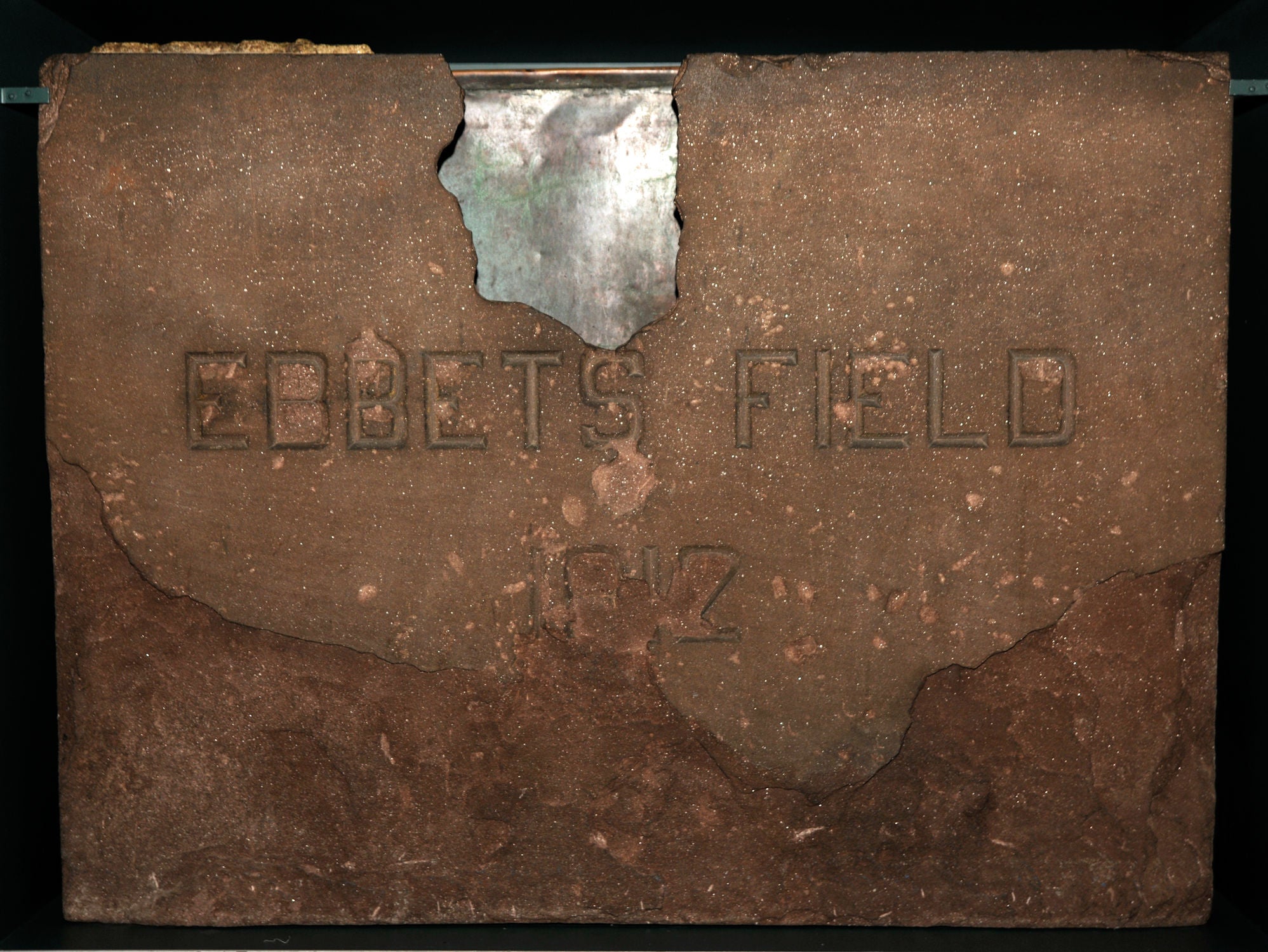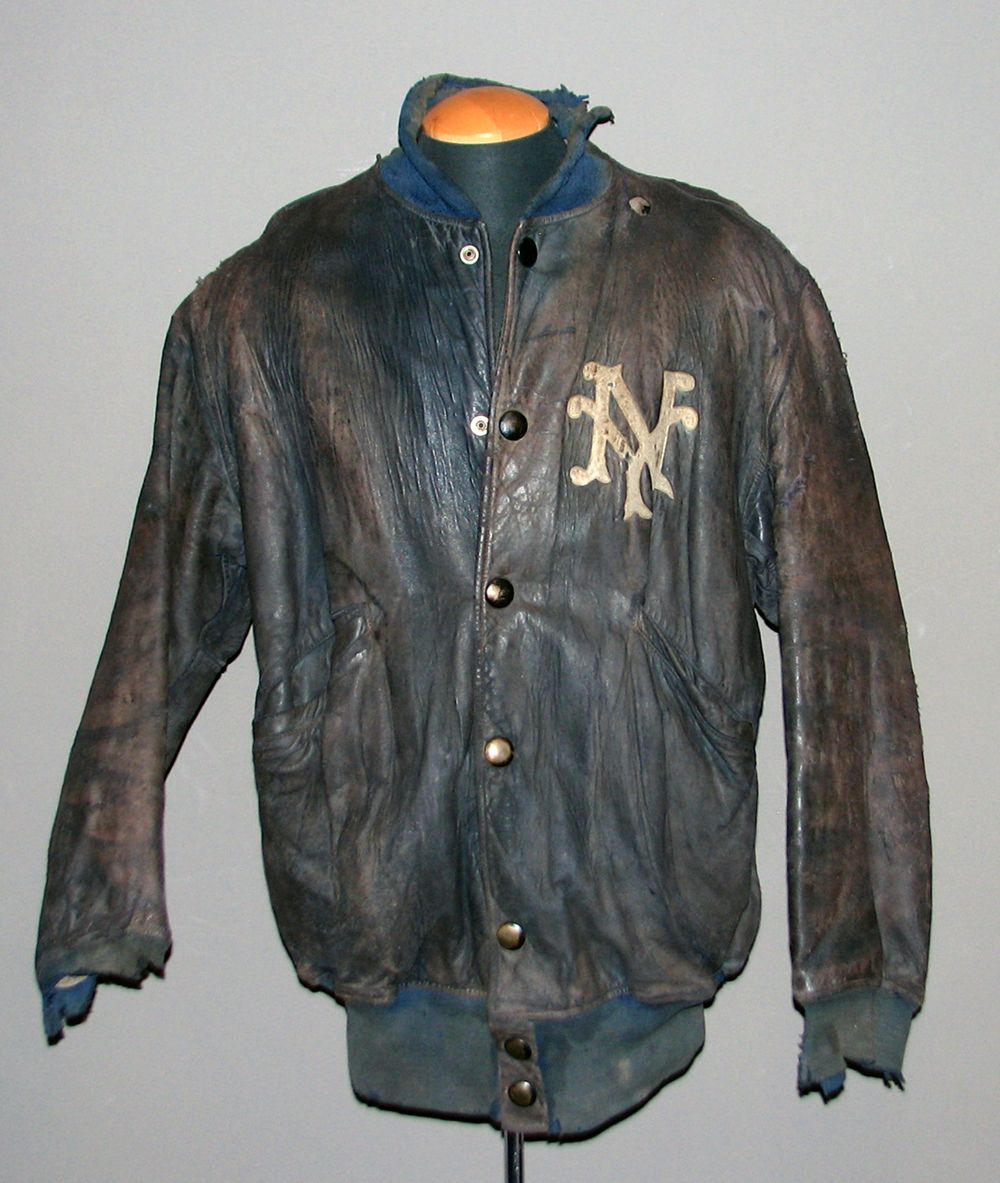2jakes
I'll Lock Up
- Messages
- 9,680
- Location
- Alamo Heights ☀️ Texas
"Diamonds Aren’t Forever!"
September 1957.
Dodgers Defeat Pirates in Ebbets Field Finale; Phillies Turn Back Giants.

September 1957.
Dodgers Defeat Pirates in Ebbets Field Finale; Phillies Turn Back Giants.




